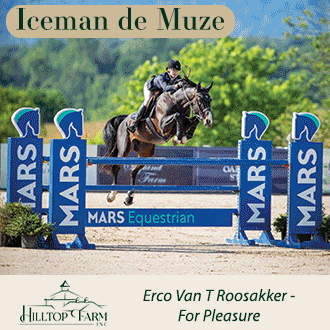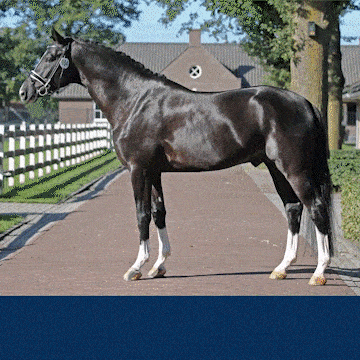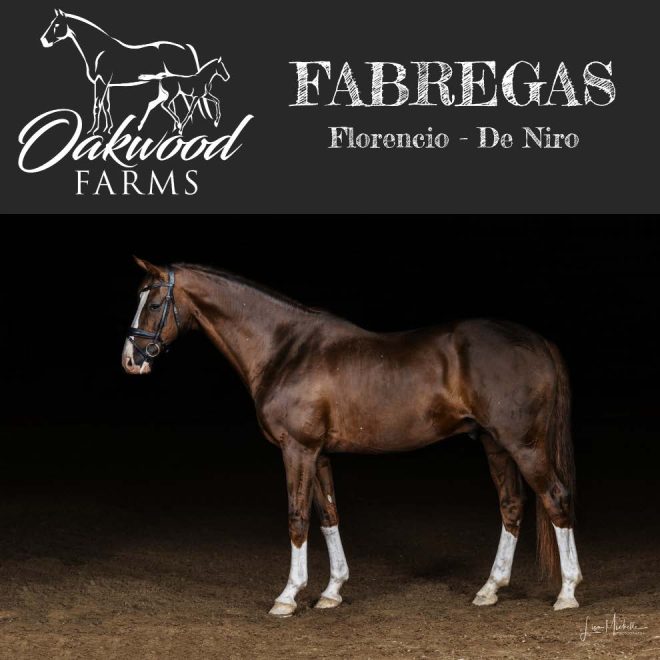Femininity and Typiness – Mares a distinctly feminine expression. A horse’s type must correspond to the Society’s breeding goal.
Conformation – The main part of the body from the chest to the buttocks should fit into a rectangular (not square) frame with all parts harmoniously integrated. Also desired is a noble head with expressive eyes sitting on a well proportioned and well put on neck; withers that are pronounced and extending far back; sloping shoulders with the angle between scapula and humerus large and open; a long, broad forearm on a correspondingly short cannon bone; and straight legs. Also preferred is a strong, but not tight back that is well padded in the area of the kidney; a long, well sprung hind rib; and a broad, slightly sloping croup. Careful attention is paid to the hindquarters--their angulation, proportion, and joint formation. The hocks must be broad, clear, and well defined; the pasterns of all four legs must be of proper slope and length; and the hooves should be well shaped, strong, and sound.
Gaits – Movement as seen from the front and the rear must be straight with no paddling, winging, or crossing over.
Impulsion and Elasticity – Impulsion must clearly emanate from the hindquarters, traveling through a relaxed back swinging in rhythm with the gait. Movements should be big, yet light and springy.
Walk – The walk must be ground covering, relaxed, and regular. Strides must be even, and footfalls must be correct in their sequence--not lateral or pacing. Freedom of shoulders and haunches and a supple back must be evident.
Overall Impression & Development – As to size, sound judgment should prevail. Horses should be neither excessively large nor too small. In all cases, height should be in proportion to the overall build. Harmony is more important than size. A horse’s development must be commensurate with its age. This score is a summary, but not an arithmetic sum, of the foregoing elements.















